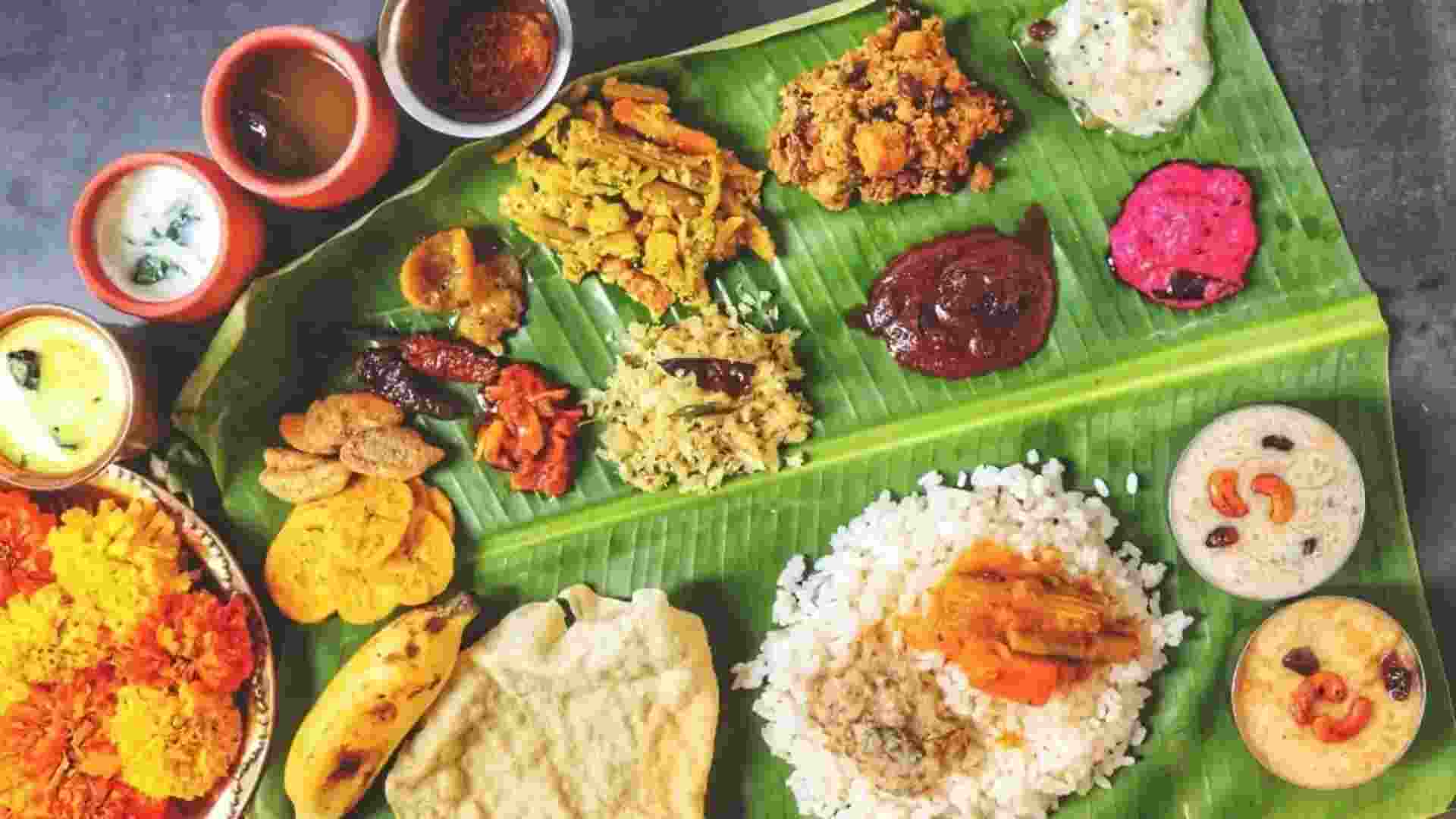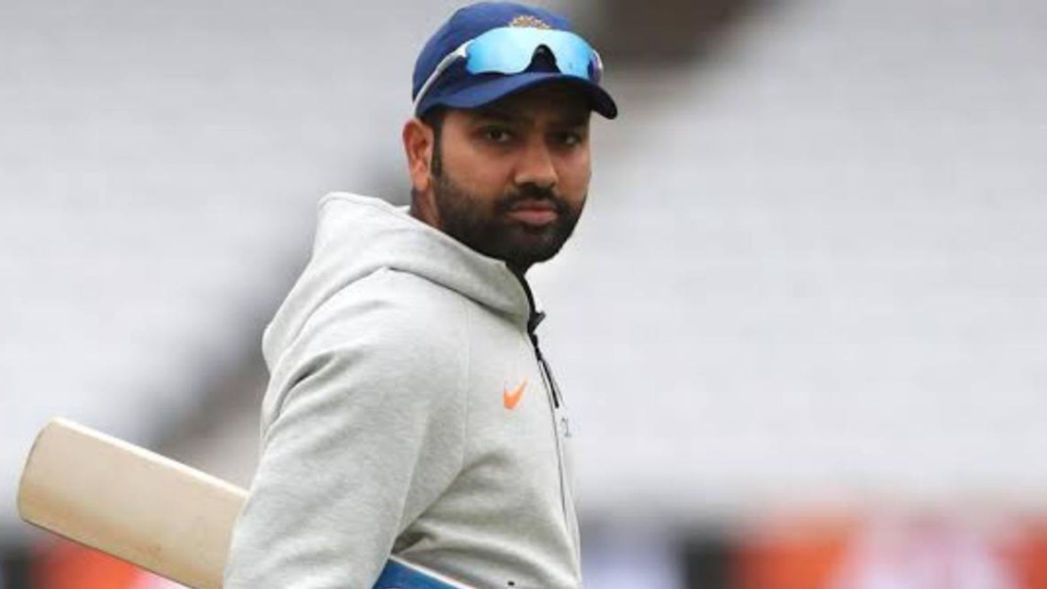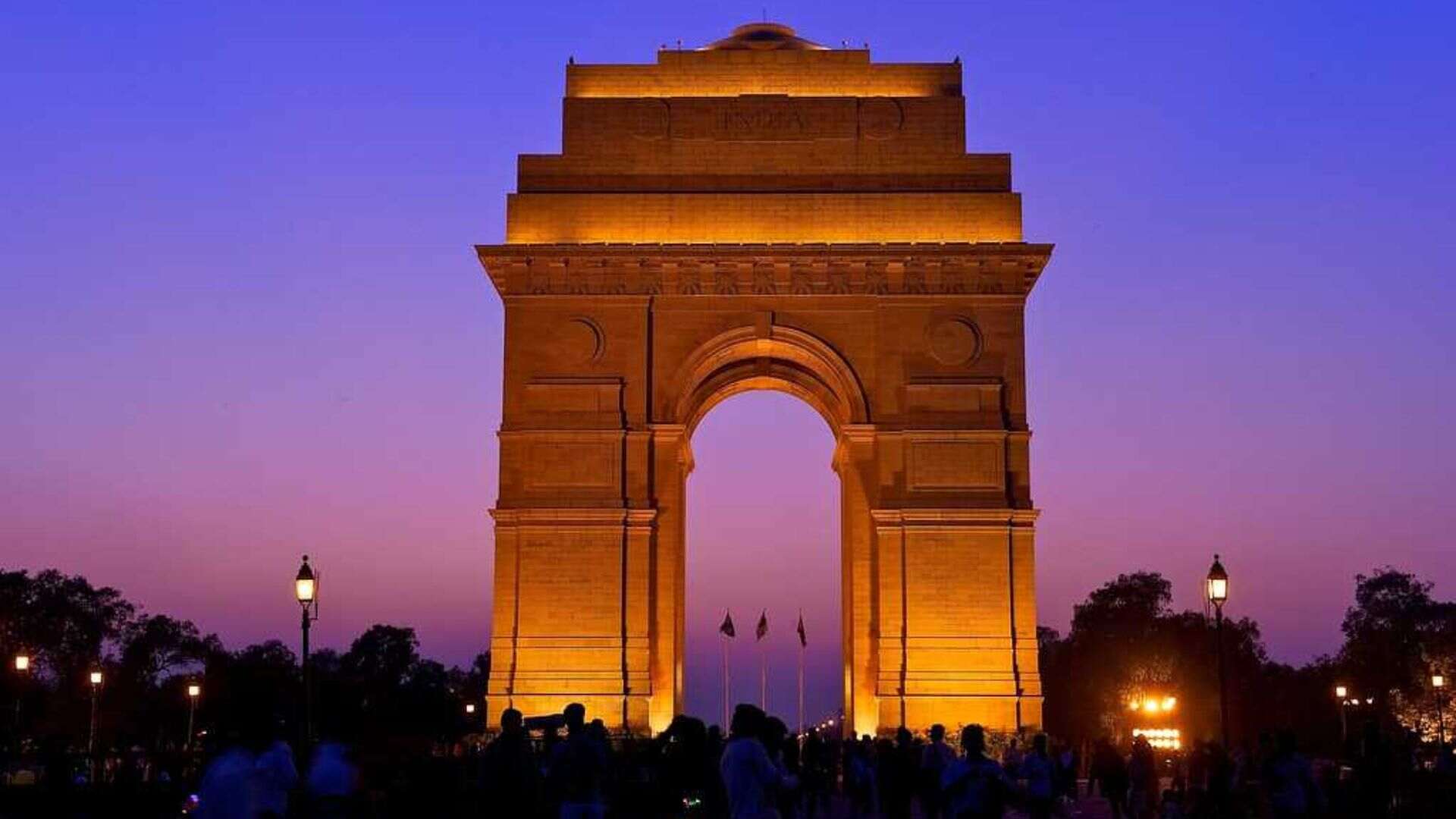Ather Energy, the electric two-wheeler manufacturer, recently found itself at the center of an online controversy after hosting an Onam celebration at its office. While the event, complete with a traditional sadya feast, was meant to bring festive joy, it quickly took a controversial turn. A social media post shared by Ather’s co-founder, Tarun Mehta, on X (formerly Twitter), revealed an unexpected addition to the iconic Kerala meal—chapati.
The Chapati Controversy
The post, featuring images of the sadya served during the celebration, drew sharp criticism online. Social media users were particularly offended by the presence of chapati, a flatbread commonly associated with North Indian cuisine, which many felt was out of place in the traditional vegetarian feast of Kerala’s biggest festival, Onam.
HAVE A LOOK AT THE VIRAL POST:
Onam at Ather office today!
Related NewsOnashamsakal! pic.twitter.com/xelzpAl63Q
— Tarun Mehta (@tarunsmehta) September 11, 2024
The Sacred Tradition of Onam Sadya
For many Keralites, the sadya is more than just a meal—it represents tradition, culture, and togetherness. The Onam sadya, typically served on a banana leaf, includes a variety of dishes such as avial, pachadi, erissery, and payasam. The festival itself celebrates the mythical King Mahabali’s return and is deeply rooted in Kerala’s cultural heritage.
The inclusion of chapati was perceived by many as a cultural misstep, sparking debate over the sanctity of the traditional feast. The sadya holds symbolic importance, representing Kerala’s rich culinary history, and the introduction of a North Indian dish was seen by some as undermining this heritage.
Social Media Backlash
Mehta’s post was quickly noticed by users on X, many of whom voiced their displeasure. Prominent user Sidin Vadukut commented sharply, “If that is a chapati, then the rest of my life is dedicated to taking down this company. Apologies, you seem like nice people. But there is a limit. And you have crossed it.”
Another user expressed frustration at the blending of cultural cuisines, saying, “Vadaks (people from the north) stop butchering south Indian culture challenge.” Meanwhile, Lavanya, another user, lamented, “Why take something authentic and ruin it? No one would have had a problem if you guys had got a North Indian meal box for everyone! It’s a harvest festival after all.”
Devika Rajeevelse added her voice to the disapproval, stating, “Much as I love it when non-Malayalis celebrate Onam, I really must draw the line at rotis as part of sadya. Pliss stop this madness!”
The Cultural Significance of Onam Sadya
Onam, celebrated this year from September 6 to 15, is a cornerstone of Kerala’s identity. The grand feast, or sadya, typically consists of 24 to 28 dishes, each served in a specific order. It symbolizes abundance, community, and the harmony between nature and culture. For many, the Onam sadya represents more than just a meal; it is a celebration of prosperity, unity, and the spirit of sharing.
Ather Energy’s well-intentioned celebration inadvertently sparked a cultural debate, with many people feeling that tradition should be preserved in its purest form. The chapati controversy has once again highlighted the importance of respecting regional customs and traditions, especially when celebrating festivals deeply rooted in cultural significance.







